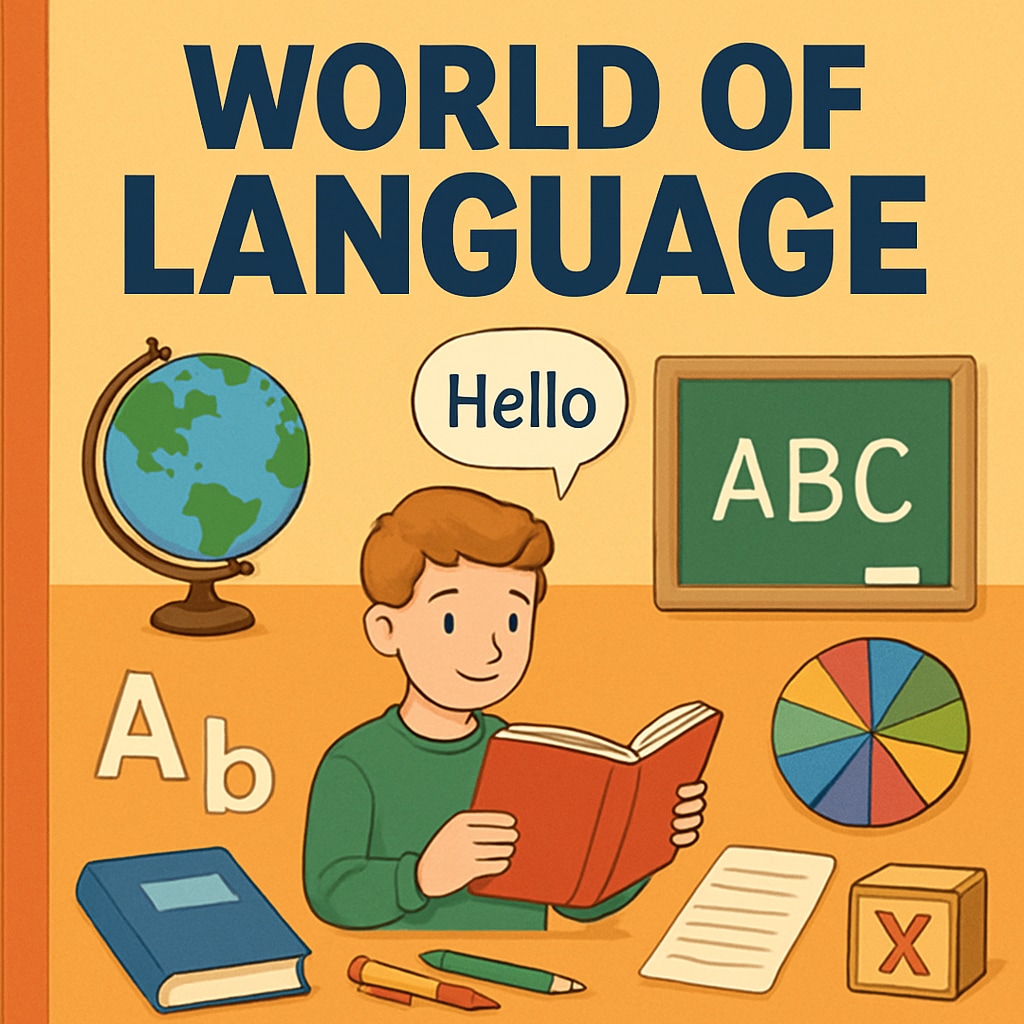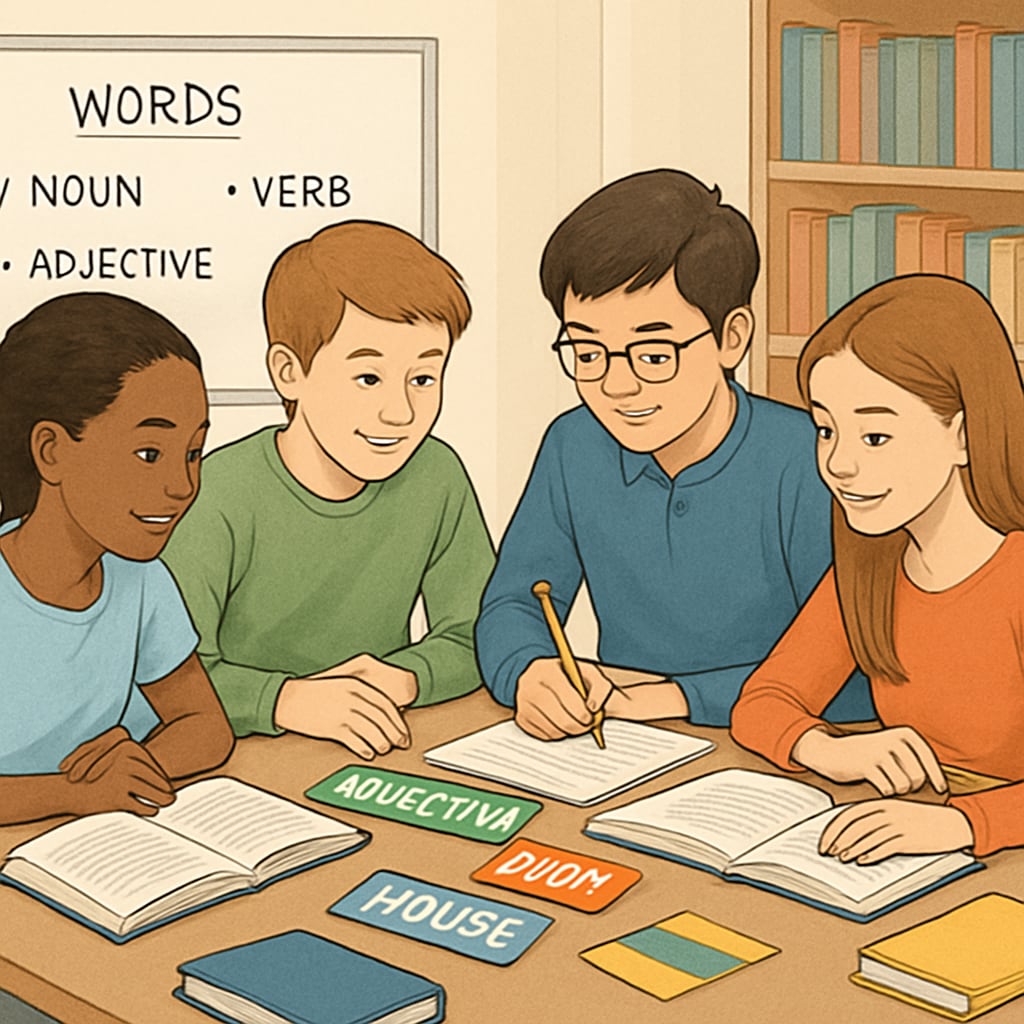The “World of Language”教材 (educational materials), once a staple in U.S. elementary classrooms, has left a profound impact on generations of students and educators. This language education series, designed to build foundational communication skills, was more than just a textbook—it was a carefully crafted tool for nurturing curiosity and linguistic competence. While modern teaching resources have taken center stage, revisiting “World of Language” allows us to reflect on its unique contributions and consider how its methodology might inform today’s language instruction.
What Made “World of Language” Special?
“World of Language” was not just another grammar workbook; it was an integrated language arts program that emphasized comprehension, creativity, and critical thinking. Each unit was thoughtfully designed with a blend of reading passages, writing exercises, and grammar lessons tailored for elementary-level students. The lessons were sequential, ensuring that students could build on prior knowledge while introducing new concepts in a way that felt natural and accessible.
One key feature was its focus on contextual learning. Unlike some modern language teaching materials that isolate grammar points, “World of Language” embedded these lessons within meaningful contexts. For example, students might read a short story and then analyze its sentence structures, vocabulary, and themes. This approach helped them see language as a dynamic tool for communication rather than a set of rigid rules.
Additionally, the series placed a strong emphasis on active participation. Exercises encouraged students to write their own stories, engage in peer discussions, and even perform dialogues. This interactive approach fostered not only linguistic skills but also confidence and collaboration.

Lessons from the Past: How “World of Language” Differs from Modern Textbooks
Modern language教材 often focus heavily on technology integration, offering digital exercises, gamified learning, and multimedia resources. While these tools are undoubtedly effective, they sometimes lack the depth and coherence of programs like “World of Language.” The latter took a holistic approach, ensuring that all aspects of language—reading, writing, speaking, and listening—were interwoven throughout its curriculum.
Another notable difference is the pacing. Today’s fast-paced educational environment often prioritizes quick results, but “World of Language” allowed for deliberate learning. Students were given time to explore and internalize concepts through repeated exposure and varied practice.
However, there is much modern educators can learn from this series. For instance:
- Contextual Integration: Embedding grammar and vocabulary in meaningful contexts can make learning more engaging and memorable.
- Creative Expression: Encouraging students to create their own content fosters deeper understanding and personal connection to the material.
- Collaborative Learning: Group activities can enhance communication skills and teamwork, which are vital in real-world settings.

Can “World of Language” Influence Today’s Classrooms?
While the original “World of Language” series may no longer be in widespread use, its core principles remain relevant. Educators today can adapt its strategies to suit contemporary classrooms, blending traditional methods with modern tools. For example, digital platforms can be used to replicate the interactive exercises that made the series so effective. Similarly, incorporating collaborative and creative tasks into lesson plans can breathe new life into language instruction.
In addition, revisiting older教材 like “World of Language” can remind us of the importance of simplicity and coherence. As education becomes increasingly tech-driven, there is value in balancing innovation with tried-and-true methods that prioritize depth over speed.
Ultimately, “World of Language” represents more than just a nostalgic artifact; it is a testament to the enduring principles of effective language teaching. By reflecting on its strengths and adapting its lessons, educators can continue to inspire students and foster meaningful learning experiences.
Readability guidance: This article uses short paragraphs, clear subheadings, and lists to ensure readability. Active voice and transitional phrases are used throughout to maintain flow and coherence.


